Animation of the absorption of a glucose (orange) in the small intestine of a patient about to undergo a scan to detect a brain tumour. When the glucose is absorbed, it becomes surrounded by water molecules, with which it exchanges protons (hydrogen ions). A magnetic resonance imaging (MRI) scanner can be used to selectively magnetise the protons in the glucose, which causes a reduction in the signal received by water. This allows the detection of regions of high glucose uptake. Since tumours use much more glucose than healthy tissues, this procedure highlights cancers on the scan. The technique is known as GlucoCEST (glucose chemical exchange saturation transfer). See clips K004 4130-4134 for the full sequence.
Details
WebID:
C01839585
Clip Type:
RM
Super High Res Size:
1920X1080
Duration:
00:00:40.000
Format:
QuickTime
Bit Rate:
25 fps
Available:
download
Comp:
200X112 (0.00 M)
Model Release:
NO
Property Release
No

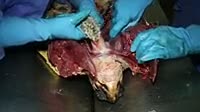

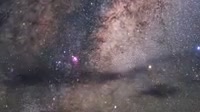


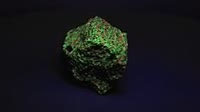
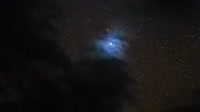


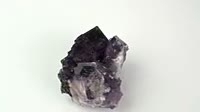
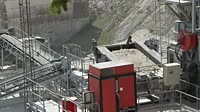

 Loading
Loading